Private Pilot vs. Commercial Pilot Training: What You Need to Know
Becoming a pilot is an exciting and rewarding experience. Whether you're interested in flying for personal enjoyment or pursuing a career in aviation, there are different levels of training you can pursue. Two of the most common types of pilot training are private pilot and commercial pilot training. While both paths involve learning to fly an airplane, there are significant differences in the training and requirements for each.
Private Pilot Training
Private pilot training is designed for individuals who want to fly for personal enjoyment and aren't planning to pursue a career in aviation. A private pilot certificate allows you to fly for fun and travel, but not for compensation or hire. The requirements for obtaining a private pilot certificate include:
A minimum of 40 hours of flight time, including at least 20 hours of flight with an instructor and 10 hours of solo flight.
Pass a written exam and a practical flight exam with a designated FAA examiner.
Hold at least a third-class medical certificate.
During private pilot training, you'll learn the basics of flying, including takeoffs, landings, turns, and climbs. You'll also learn about navigation, weather, and aircraft systems. Private pilot training typically takes several months to complete, depending on your schedule and the weather conditions.
Commercial Pilot Training
Commercial pilot training is designed for individuals who want to pursue a career in aviation and be paid for their flying services. A commercial pilot certificate allows you to fly for hire and compensation, such as flying for an airline or charter company. The requirements for obtaining a commercial pilot certificate include:
A minimum of 250 hours of flight time, including at least 100 hours of pilot-in-command time and 50 hours of cross-country flight time.
Pass a written exam and a practical flight exam with a designated FAA examiner.
Hold at least a second-class medical certificate.
During commercial pilot training, you'll learn more advanced flying techniques, such as flying in adverse weather conditions, navigating with advanced instruments, and flying multi-engine aircraft. You'll also learn about crew resource management, aircraft performance, and emergency procedures. Commercial pilot training can take anywhere from several months to a few years, depending on the training program and your schedule.
Differences in Training
One of the biggest differences between private pilot training and commercial pilot training is the amount of flight time required. Private pilot training typically requires a minimum of 40 hours of flight time, while commercial pilot training requires a minimum of 250 hours of flight time. This means that commercial pilots have significantly more flight experience and training than private pilots.
Another difference is the level of training and skills required. Commercial pilots are trained to handle more complex aircraft, fly in more challenging weather conditions, and work as part of a team in a commercial aviation environment. Private pilots are trained to fly for personal enjoyment and aren't required to have the same level of skills and training as commercial pilots.
Ultimately, the choice between private pilot and commercial pilot training depends on your goals and aspirations as a pilot. If you want to fly for personal enjoyment, a private pilot certificate may be the right choice for you. If you're interested in pursuing a career in aviation and flying for compensation, commercial pilot training is the path to take. Whichever path you choose, remember that becoming a pilot requires dedication, hard work, and a passion for flying.


